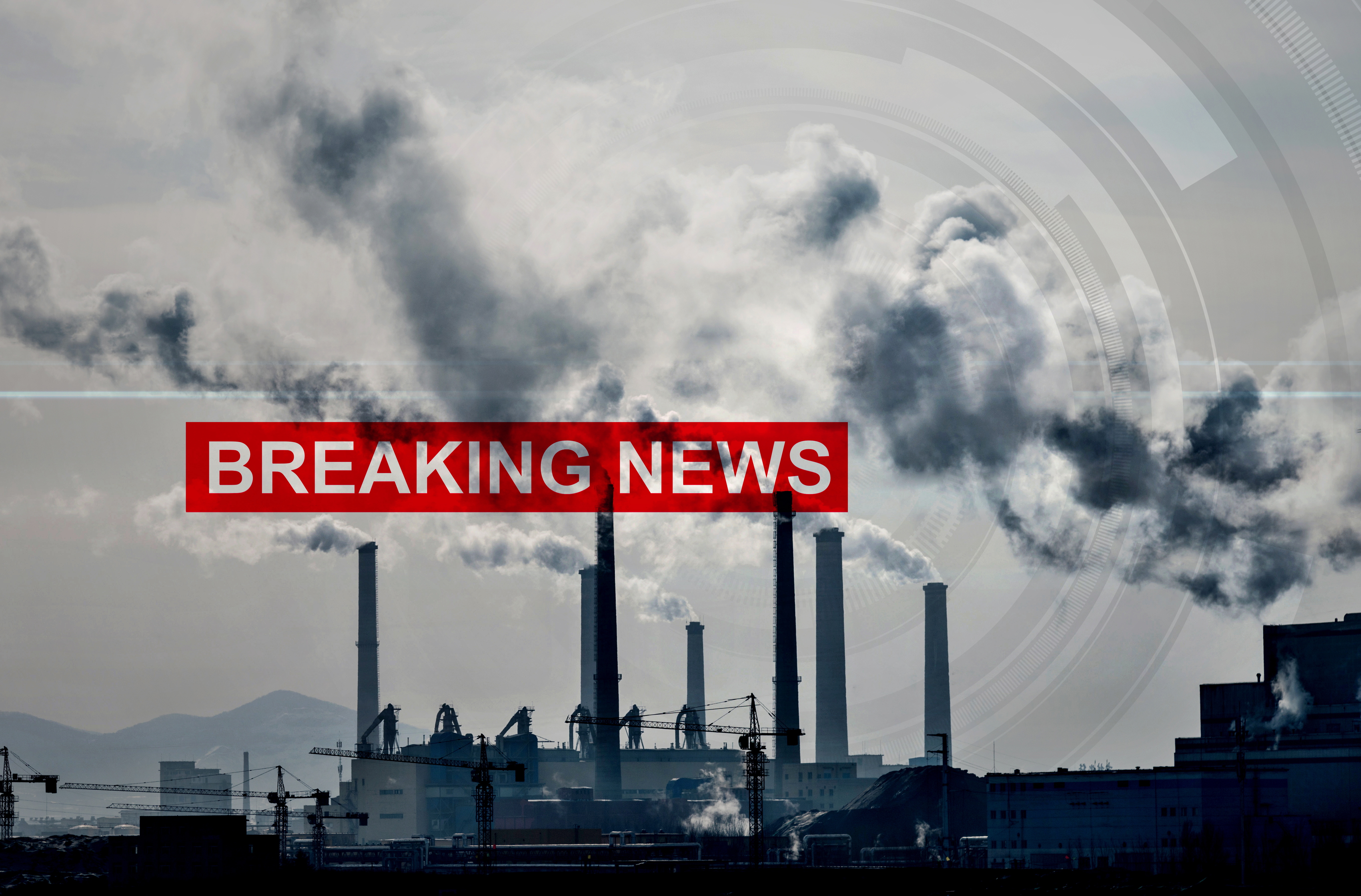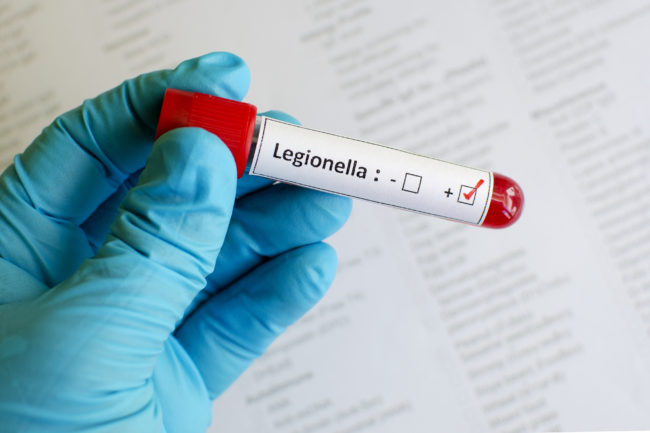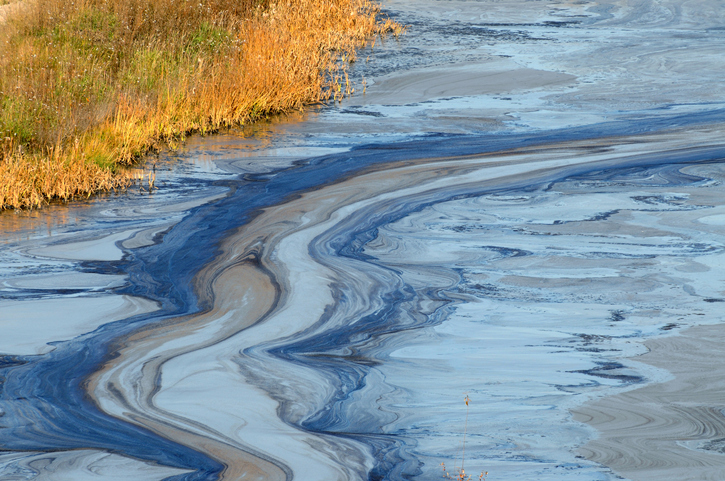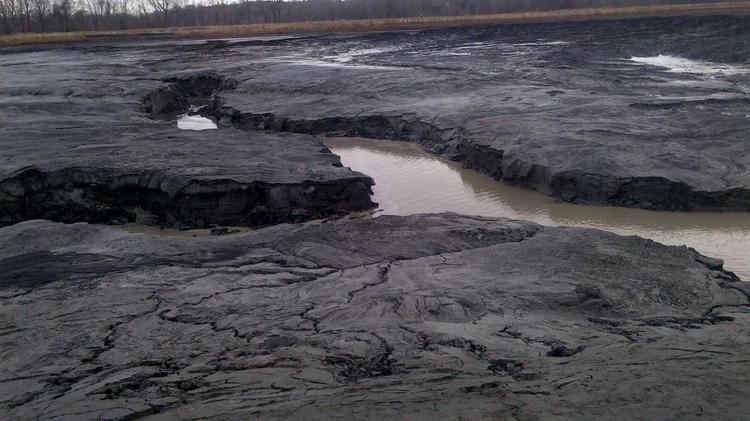Throughout the past decade, the human health effects that may be caused by hydraulic fracturing have been widely scrutinized by a variety of individuals, institutions, and experts. Allegations of health problems ranging from respiratory complications, birth defects, blood disorders, cancers, nervous system issues, and other ailments have attempted to be linked to fracking operations in some capacity, many with a low degree of scientific certainty. In response to public outcry concerning a unique situation unfolding in western Pennsylvania, Gov. Tom Wolf recently announced that his …
Continue Reading









